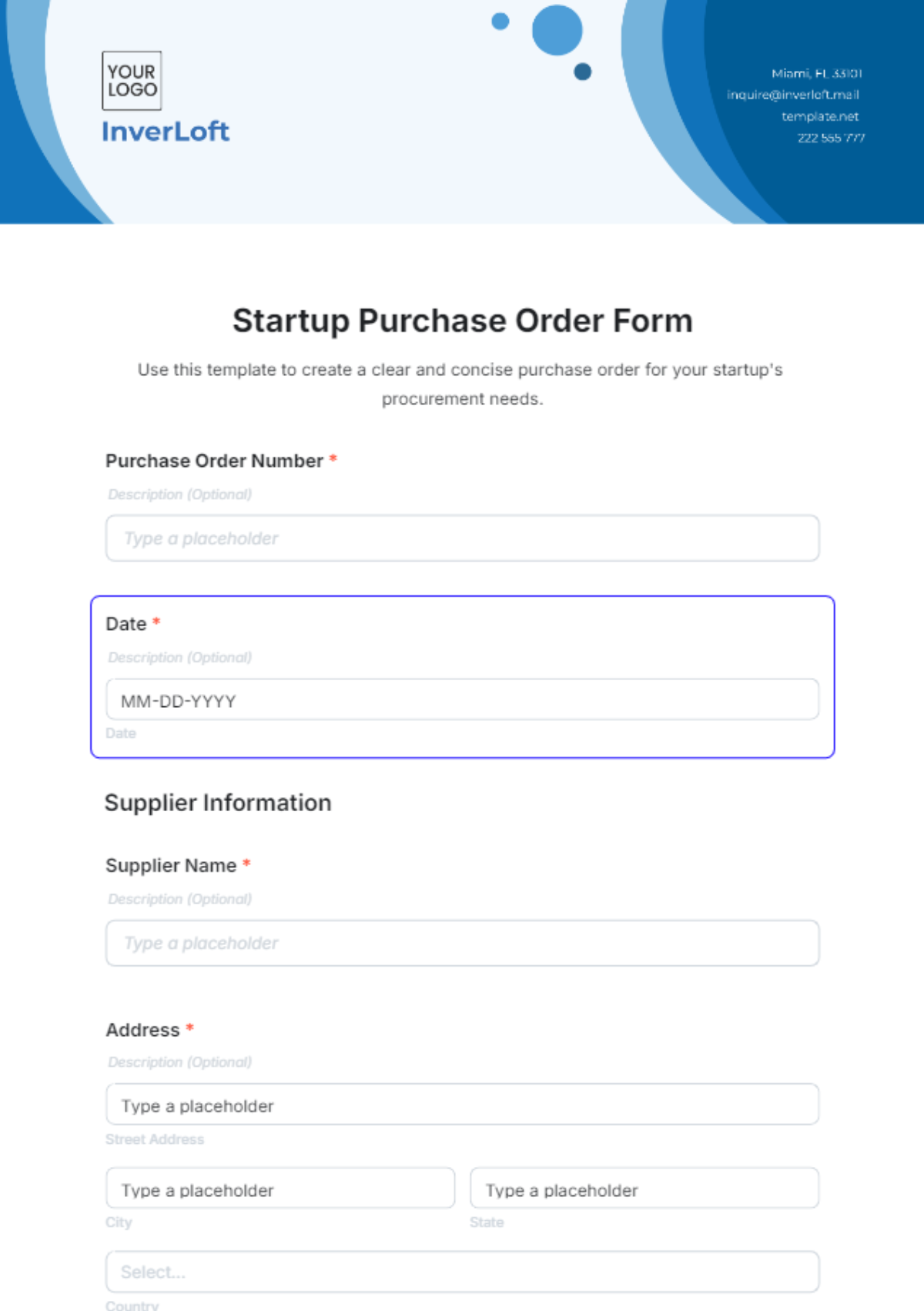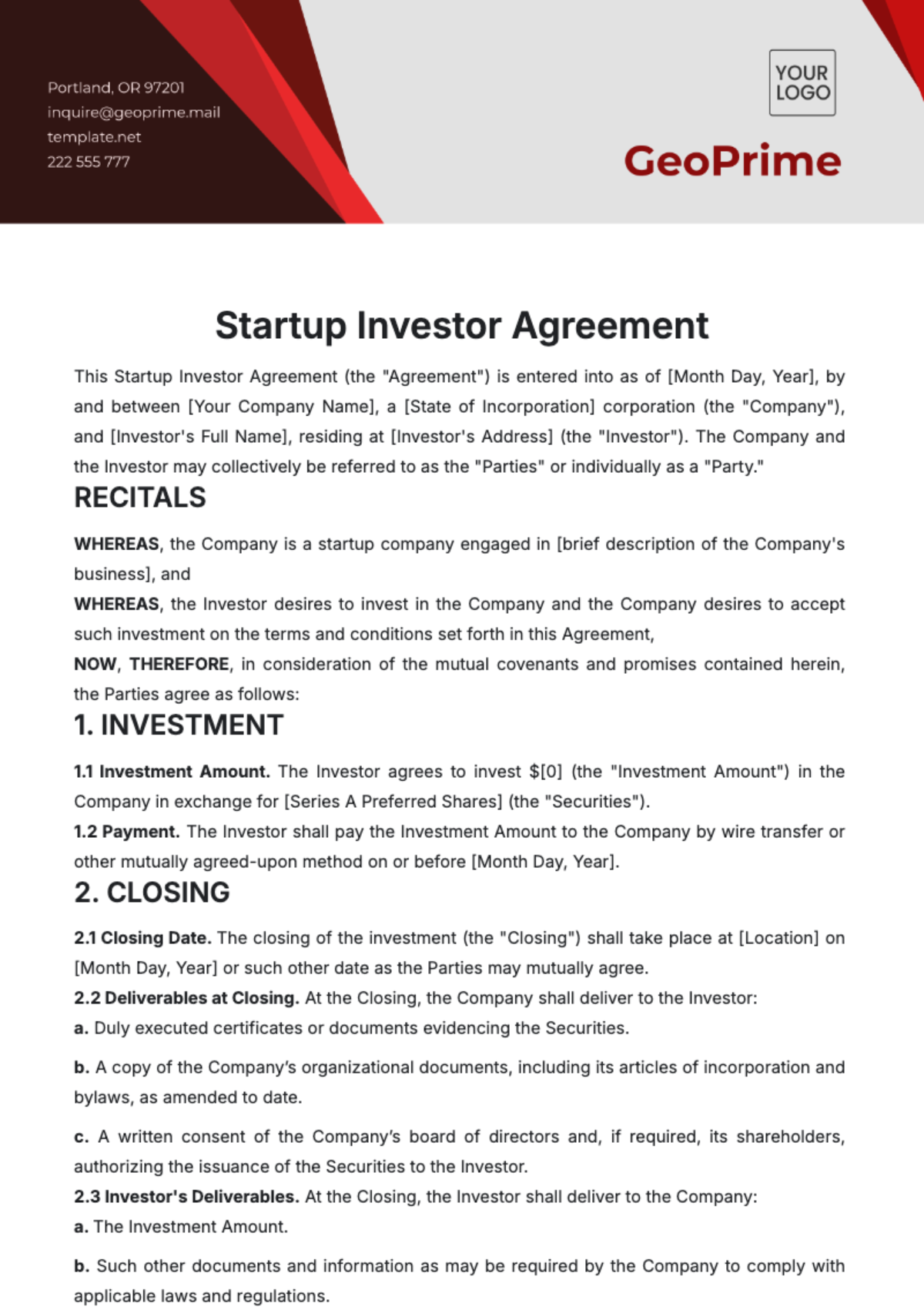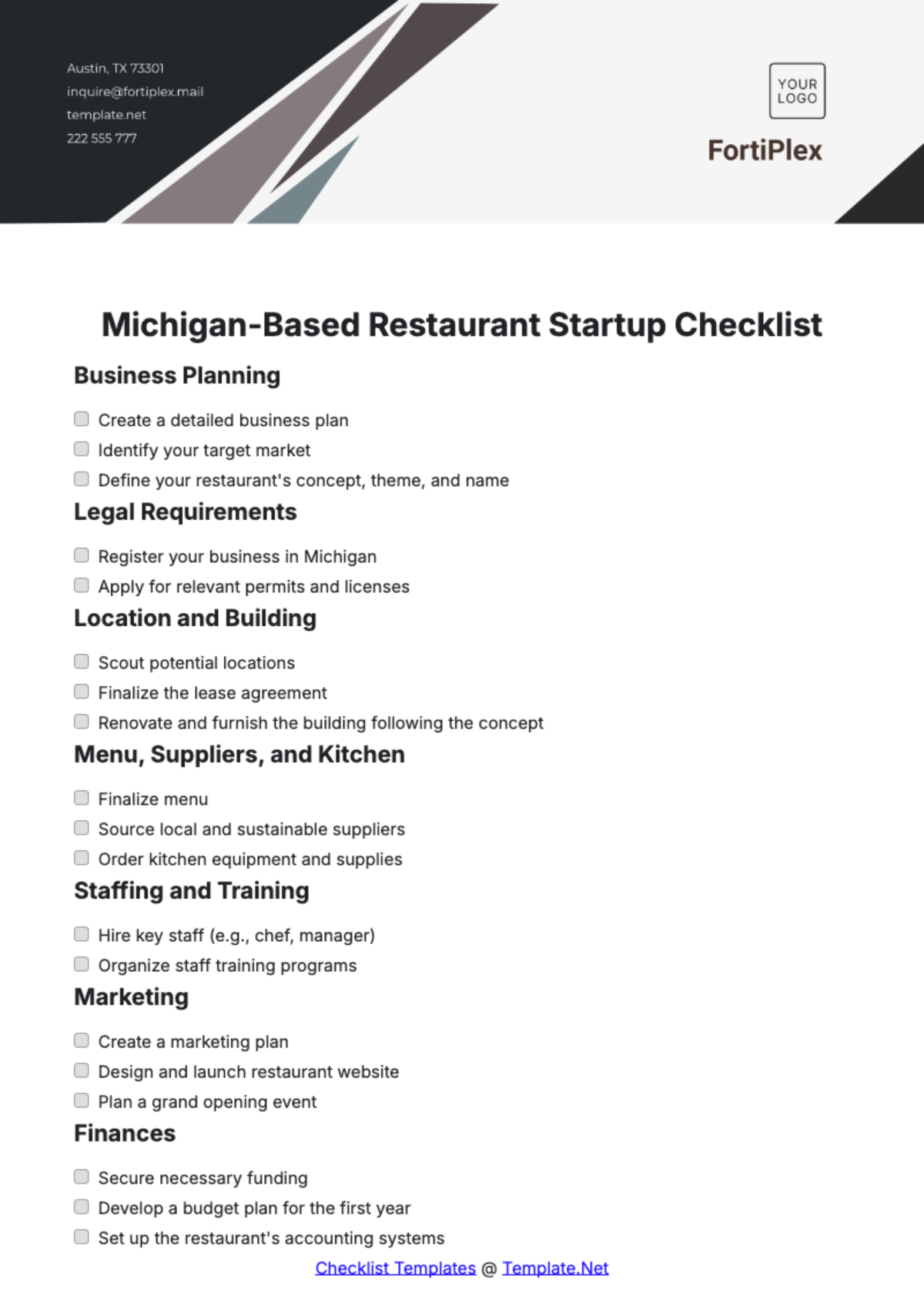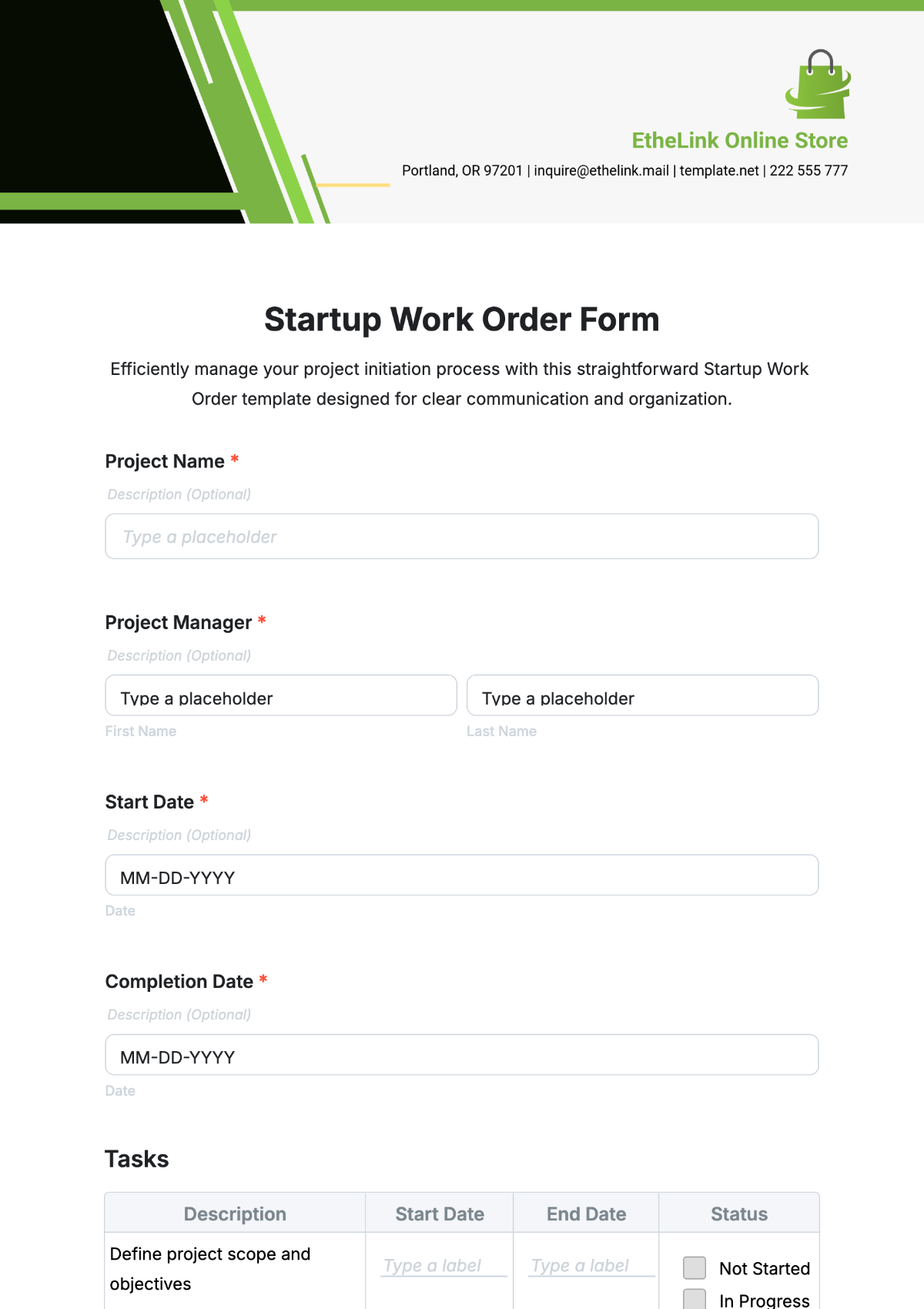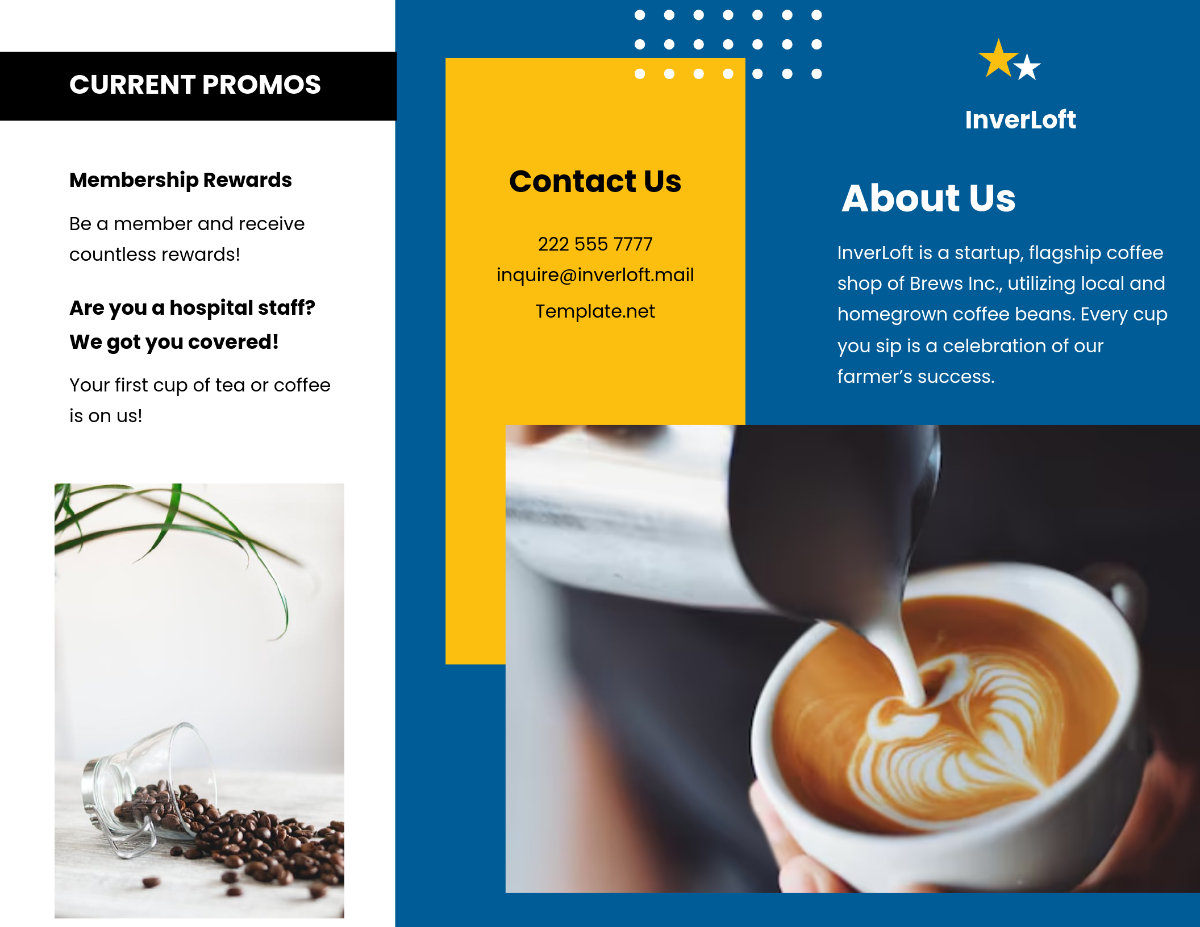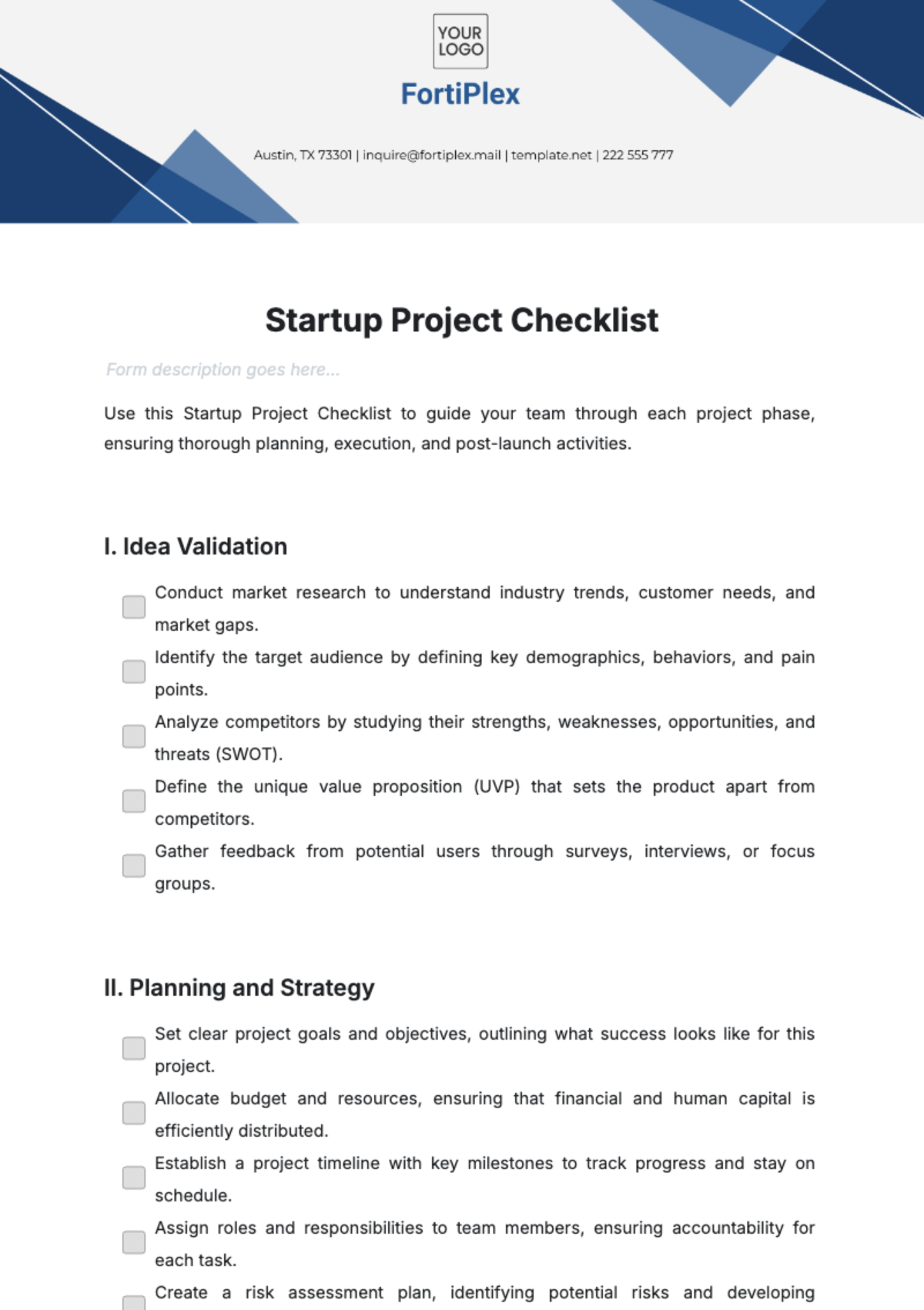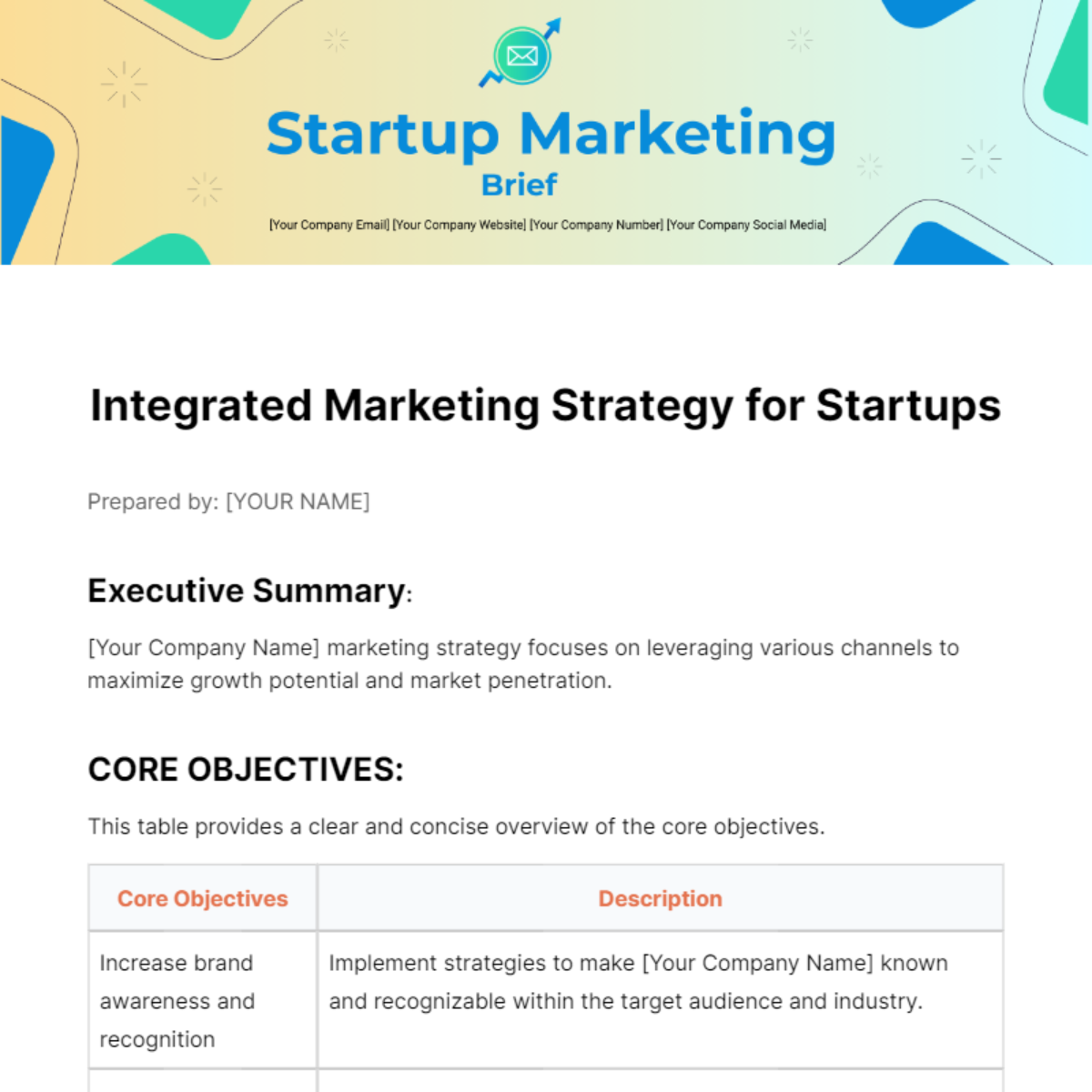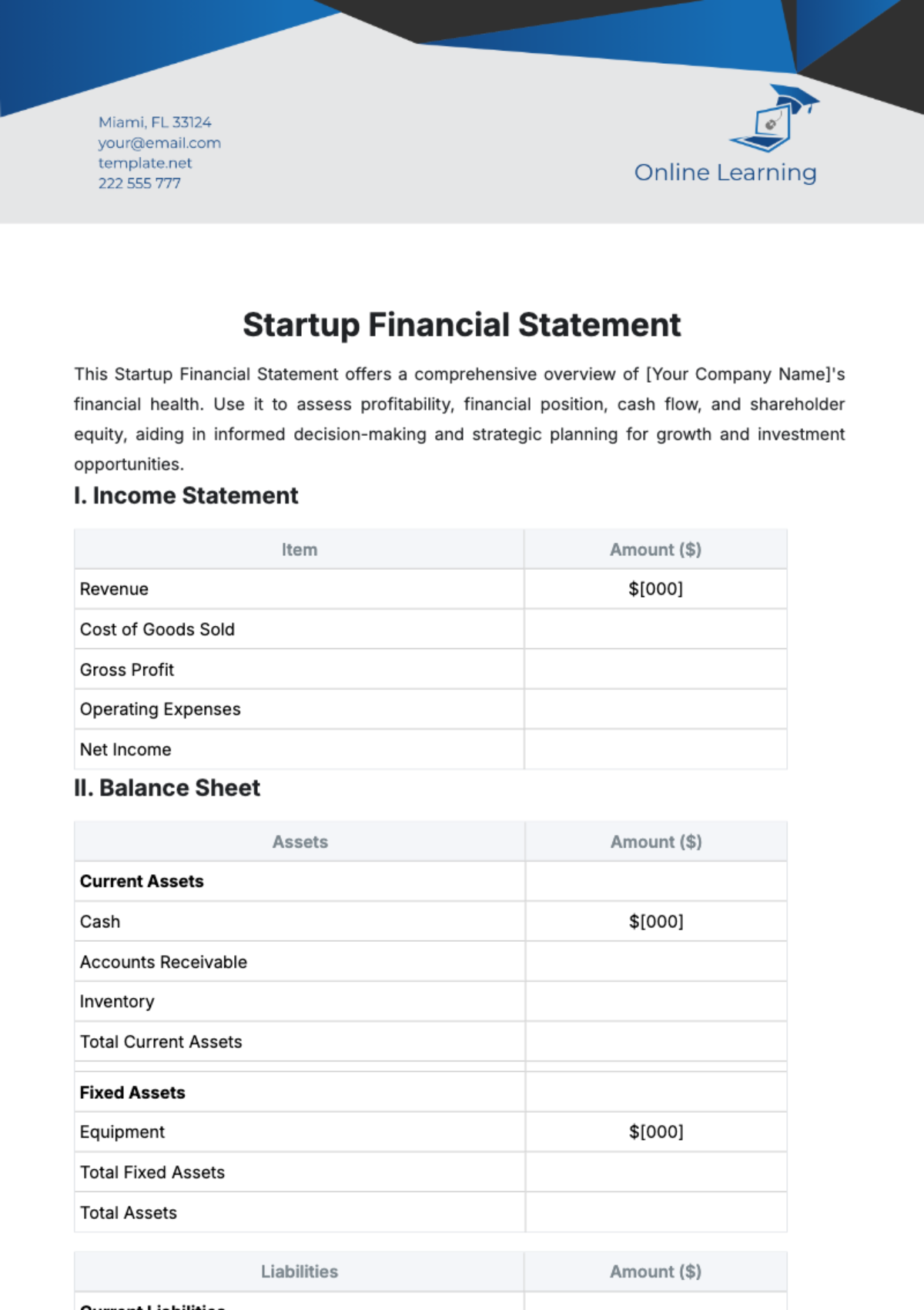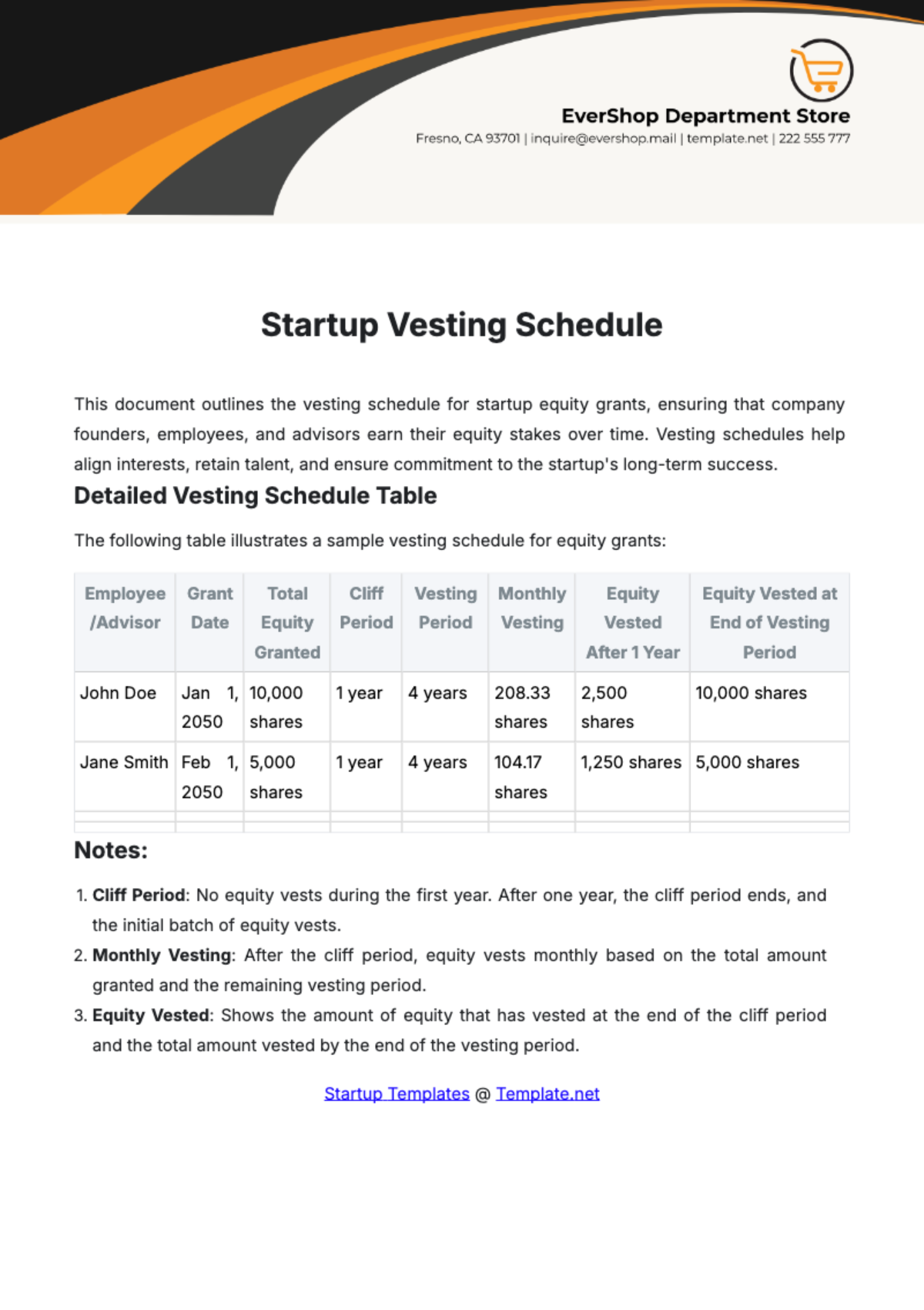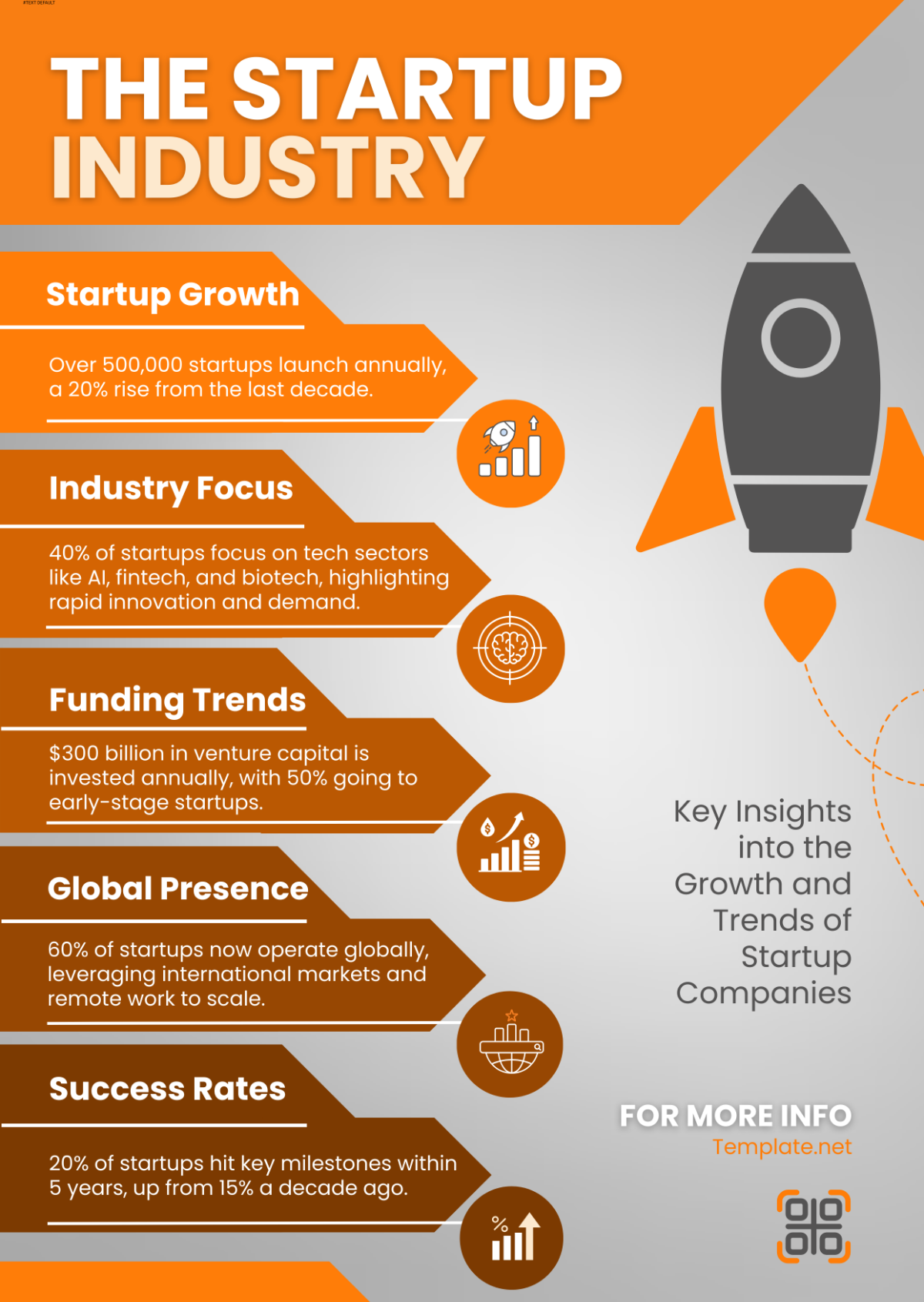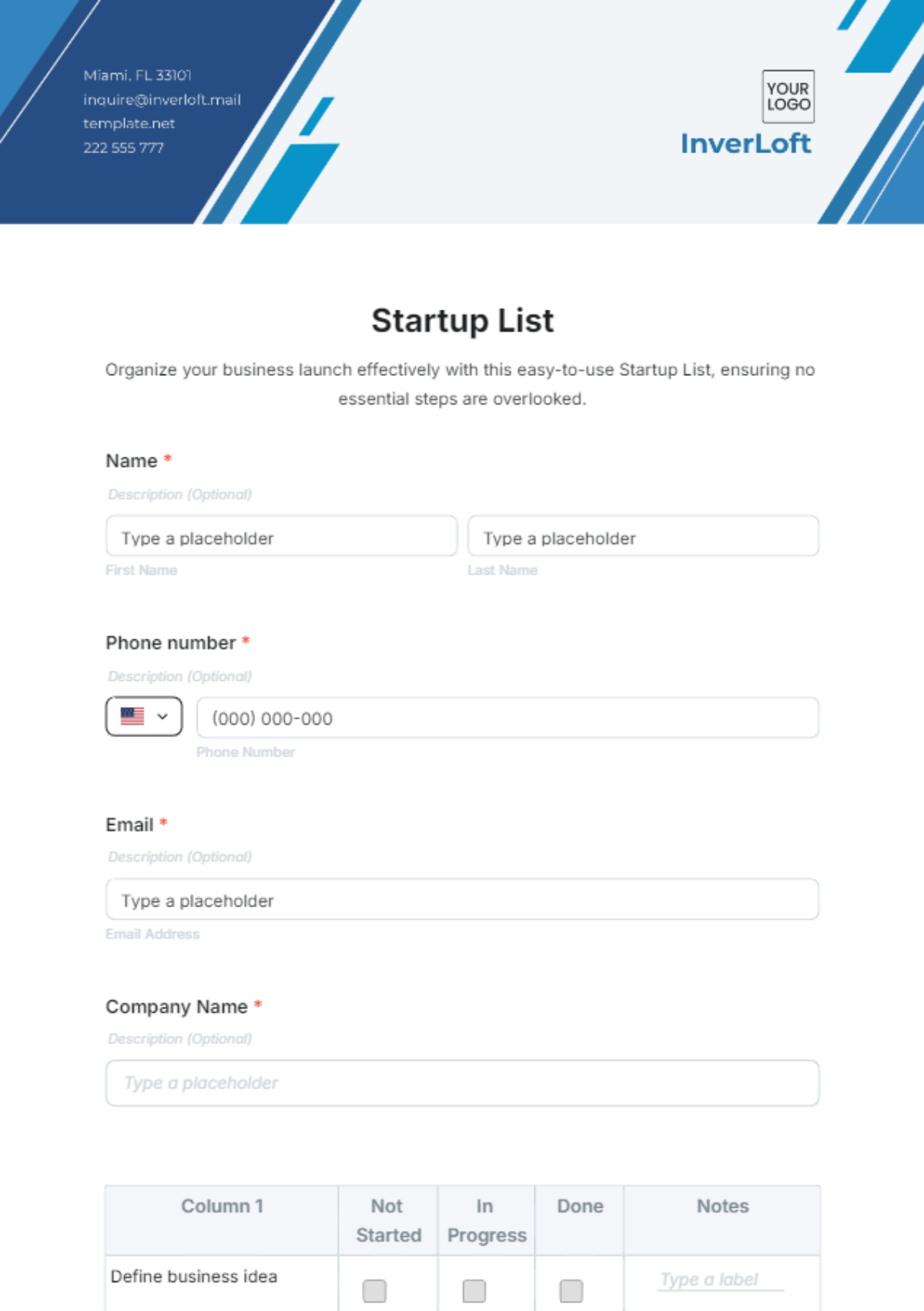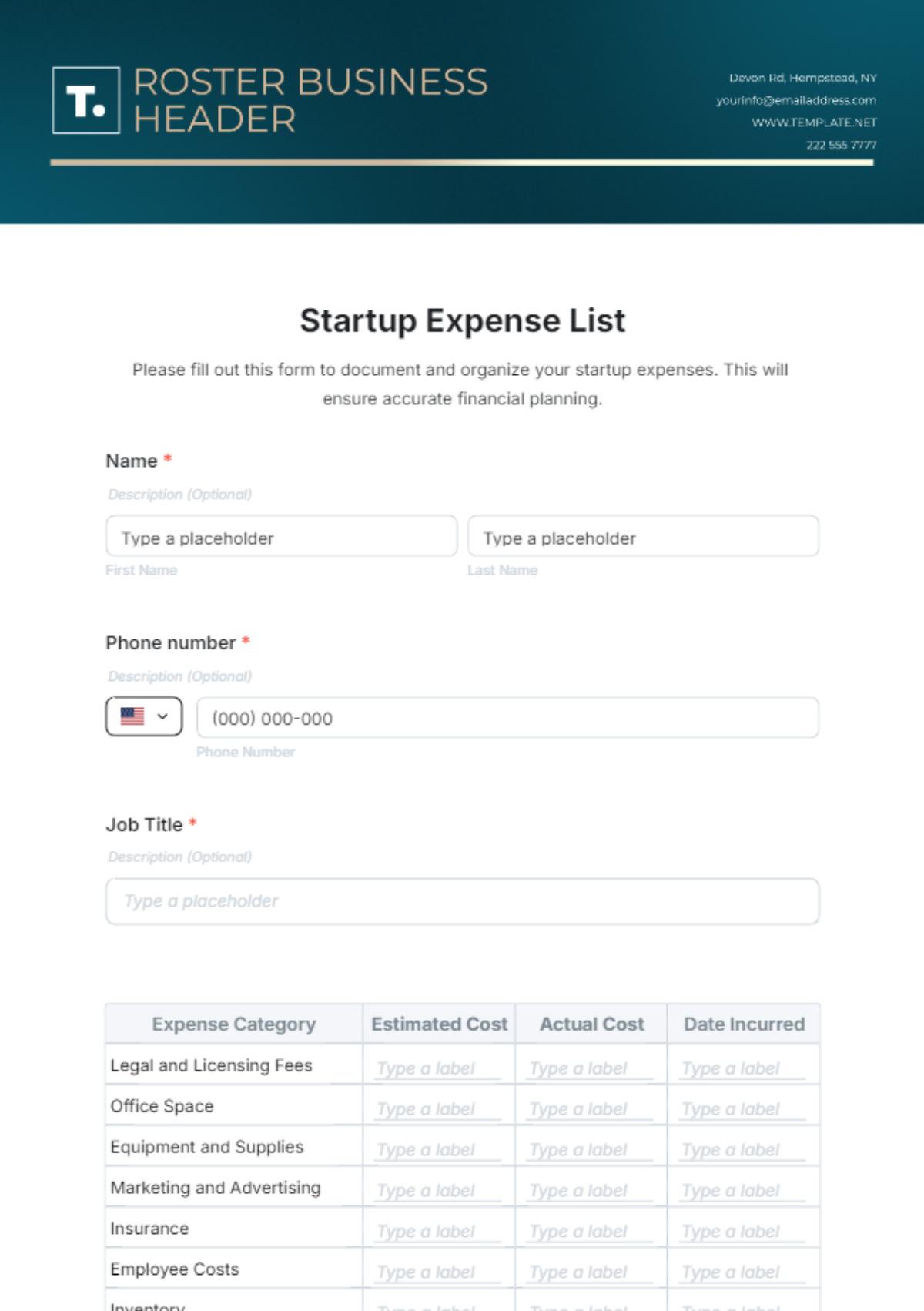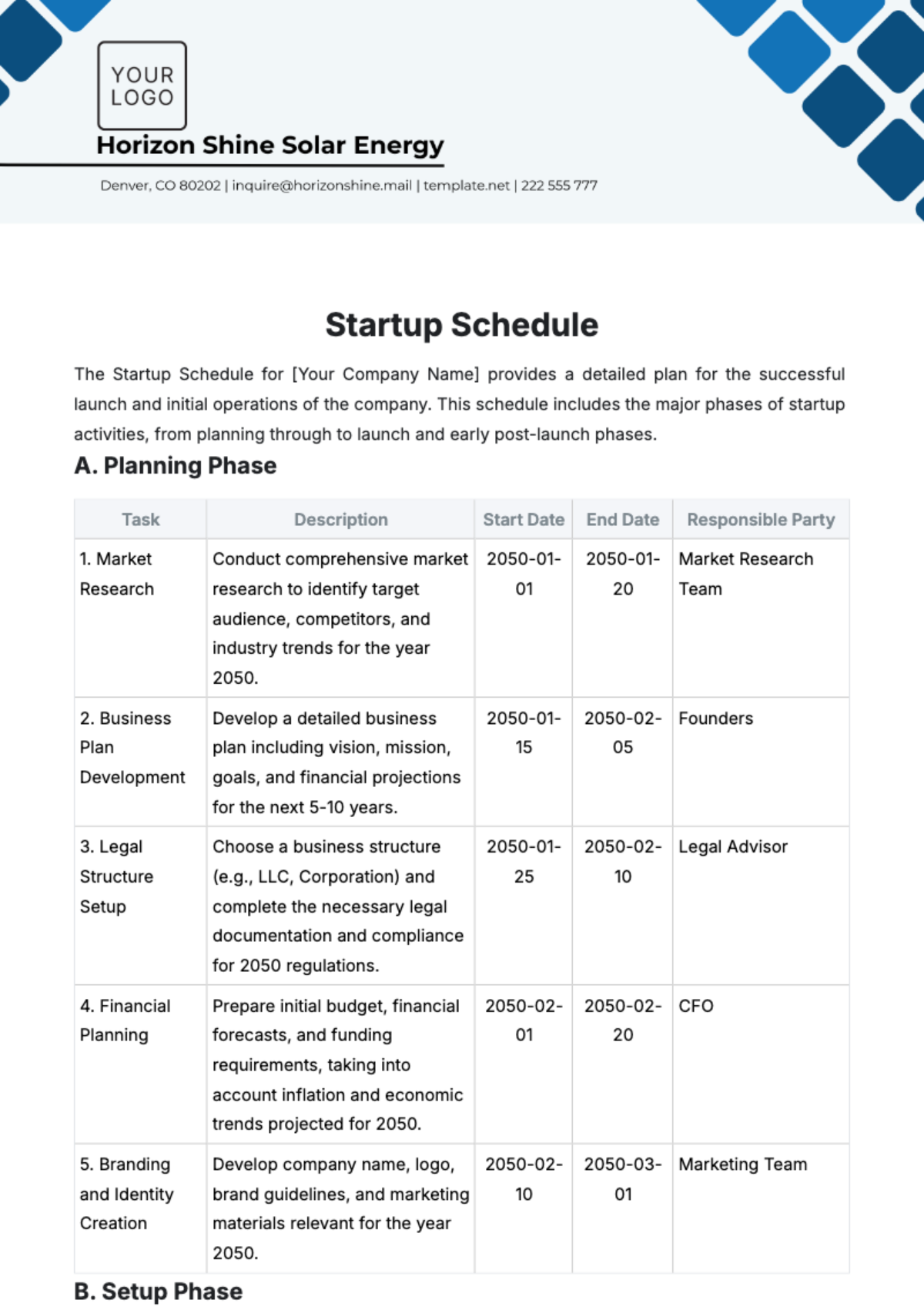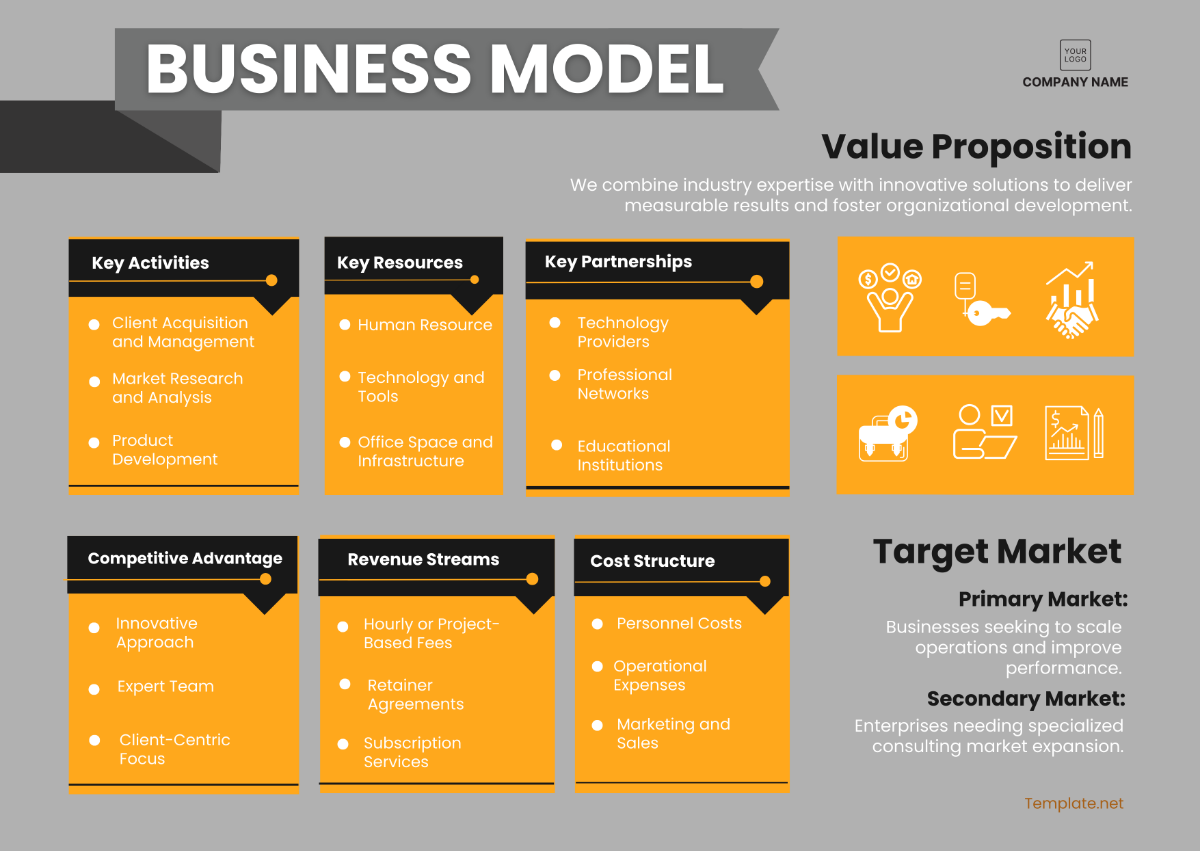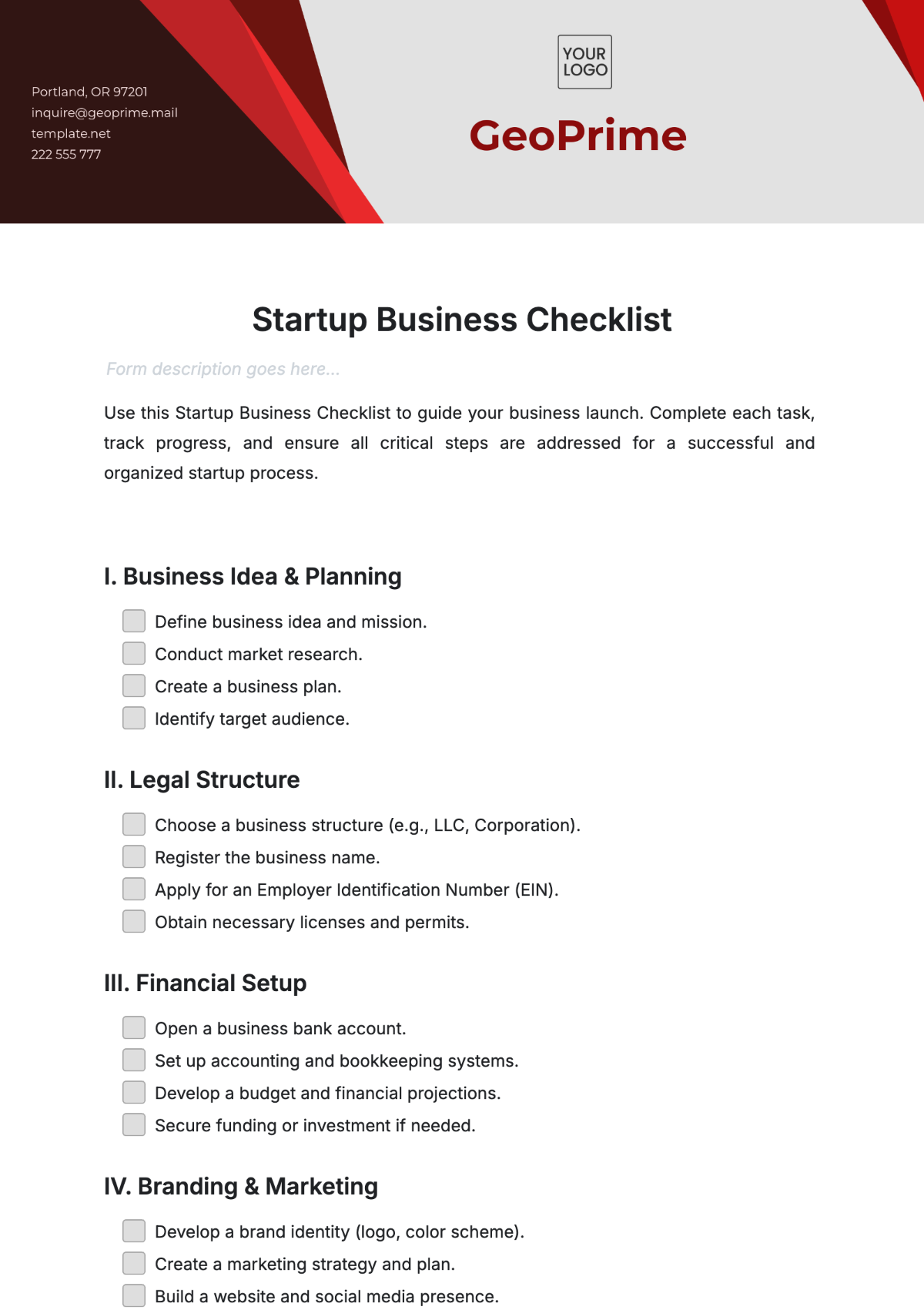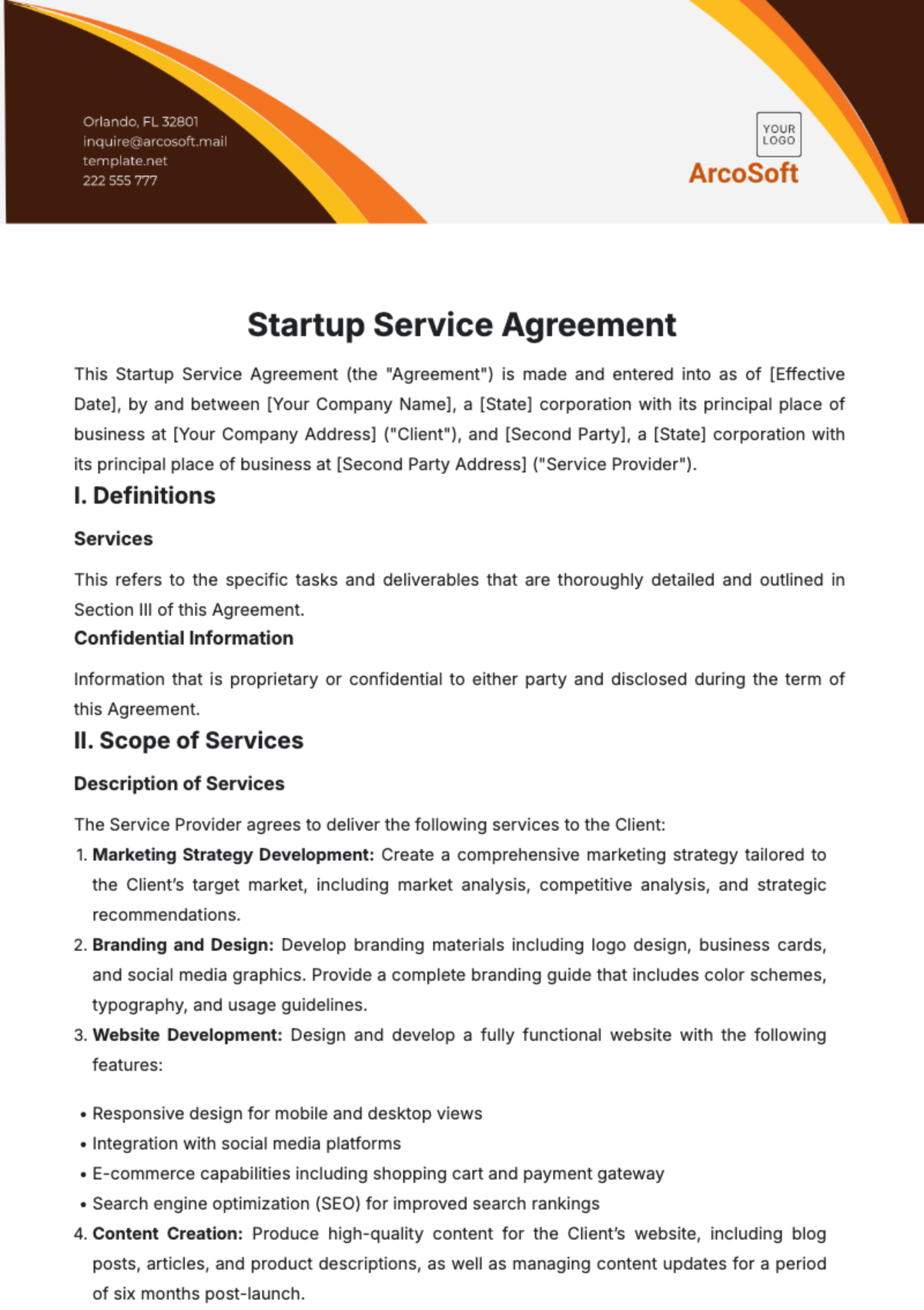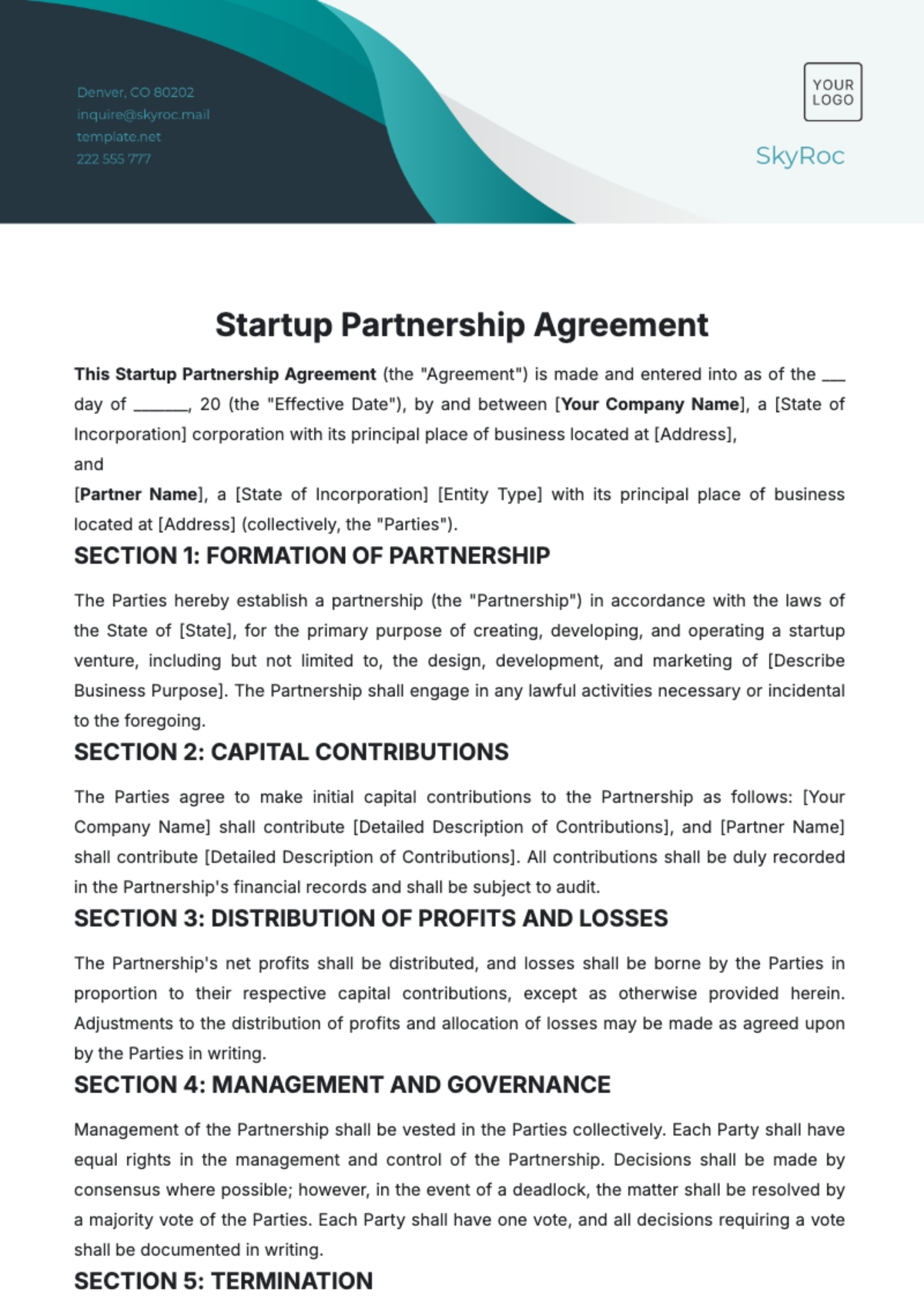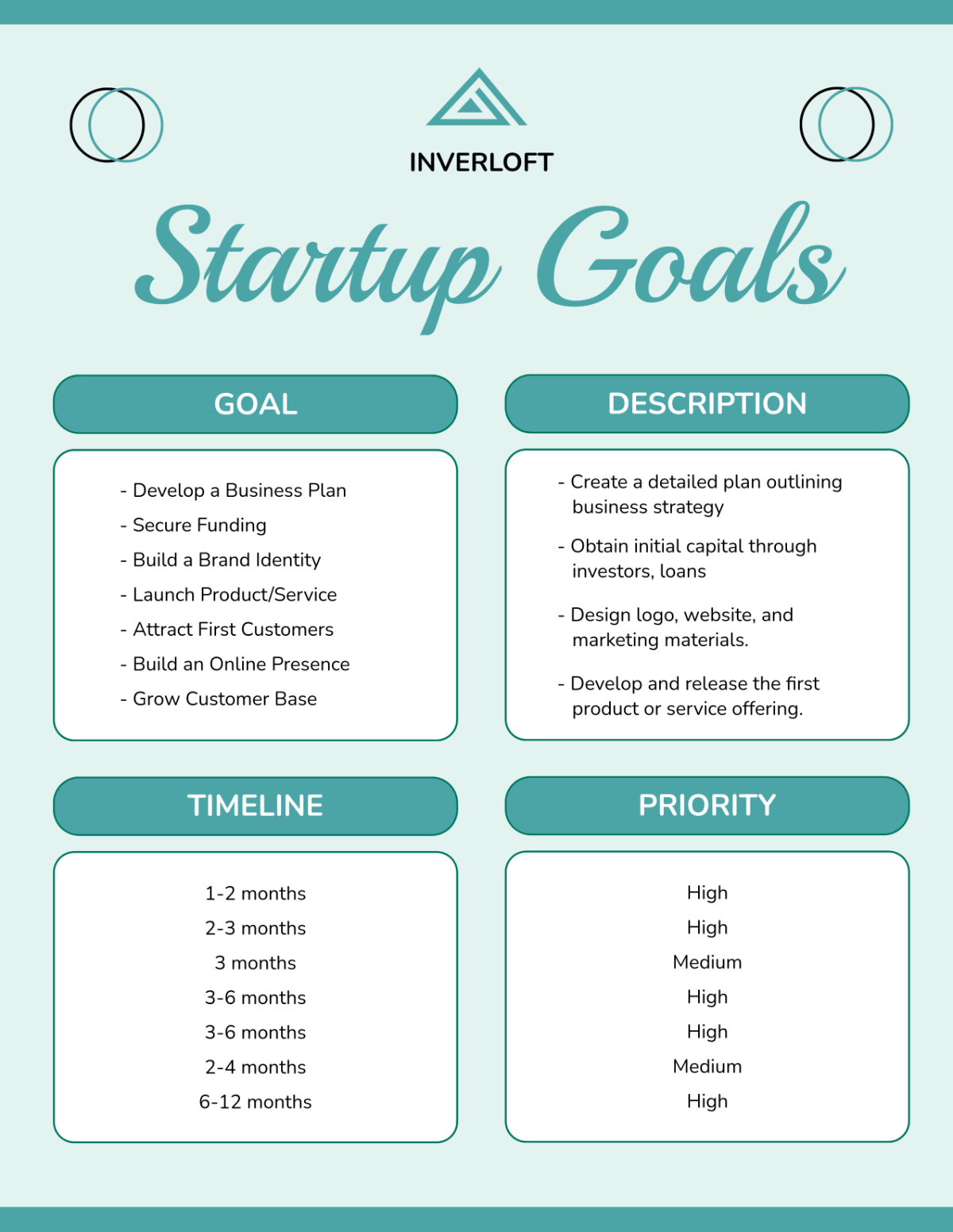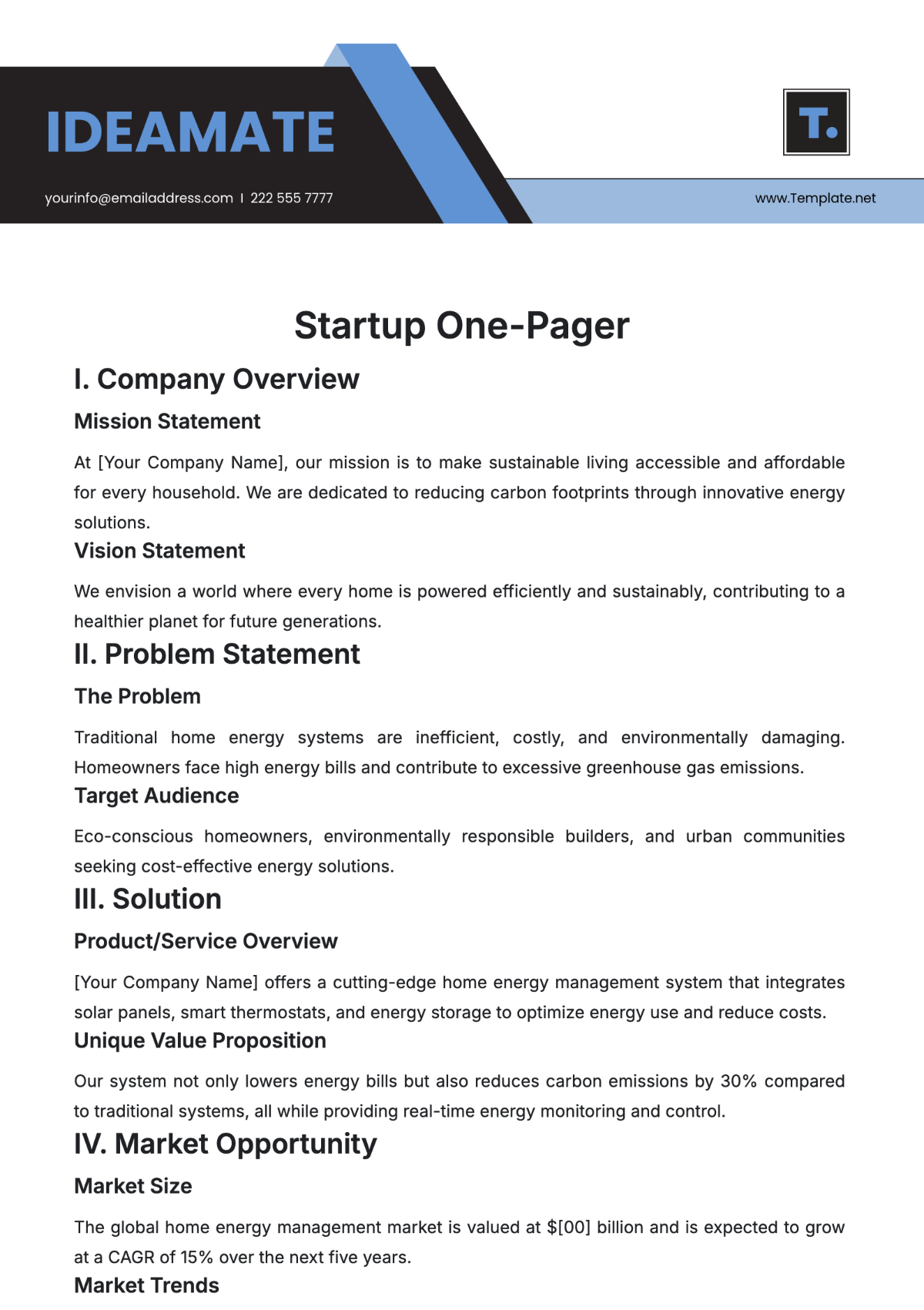Startup Successful Team Management Case Study
Introduction
Startups are vital to economic growth, driven by innovative ideas. However, having a great idea is not enough. Effective team management is crucial for turning these ideas into successful businesses. This case study focuses on the key strategies and approaches to efficient team management in startups, and how this influences their success.
Methodology
This study employs a comprehensive methodology to analyze effective team management strategies within startup environments, specifically focusing on their contribution to the success of [Your Company Name] and similar entities. The approach consists of two primary data collection methods:
In-depth Interviews
Targeted Participant Selection: The selection process focuses on a diverse group of stakeholders within [Your Company Name] and successful startups across various industries. This includes:
Executives: Individuals who define the strategic direction of the organization. Their insights offer a macro-level understanding of the company's goals and the role of team management in achieving them.
Team Leaders: Middle management who bridge the gap between executives' strategic plans and the employees' execution. Their perspectives provide invaluable insights into the day-to-day challenges and successes of team management.
Employees: The front-line staff who implement strategies in their daily tasks. Gathering data from employees ensures a ground-level view of team dynamics, communication effectiveness, and leadership impact.
Comprehensive Question Design: The interview questions are meticulously crafted to elicit detailed responses on experiences, challenges, and best practices in team management. This includes questions on:
Leadership Styles: Questions might explore how different leadership styles—such as transformational, transactional, or servant leadership—facilitate or hinder the achievement of team goals, influence employee motivation, and affect overall team dynamics.
Communication Mechanisms: Questions in this area probe into the methods and tools used for communication within teams and the role of communication in fostering a culture of transparency and trust. This includes exploring the effectiveness of digital communication tools versus face-to-face interactions, and how these practices are integrated into daily operations.
Conflict Resolution: Interview questions explore the strategies and processes in place for addressing disagreements and challenges, including the role of mediation, the effectiveness of established conflict resolution protocols, and how conflict resolution contributes to team cohesion and resilience.
Team Motivation: This examines the techniques used to inspire and engage team members, including recognition programs, professional development opportunities, and strategies to ensure that team members feel valued and understood. Questions might also cover how motivation is linked to performance metrics and the ways in which [Your Company Name] adapts motivation strategies to fit the evolving needs of the team.
Data Analysis for Pattern Recognition: Analyzing the responses to identify common themes and unique insights that can inform effective team management strategies. The goal is to develop actionable recommendations that [Your Company Name] and other startups can implement to enhance team effectiveness and organizational success.
Comprehensive Review of Secondary Sources
Source Selection for Breadth and Depth: The review targets a wide range of secondary sources to ensure a holistic understanding of the subject. This includes:
Industry Reports: Provide a snapshot of current trends, pinpointing challenges and opportunities within the startup ecosystem, offering benchmarks against which [Your Company Name] can measure its own practices.
Academic Journals: Contribute rigorously researched findings on team dynamics, leadership theories, and effective management practices, grounding the study in established scholarly work.
Analytical Articles: Reputable sources offer practical insights, real-world case studies, and examples of successful team management approaches, providing a rich source of comparative analysis.
Theoretical Framework Development: Utilizing the secondary sources to construct a theoretical framework that supports the empirical findings from the interviews. This involves:
Identifying and synthesizing relevant theories and models that explain the dynamics of team management and leadership effectiveness.
Drawing connections between theoretical concepts and the practical insights gleaned from the primary research to construct a coherent model that reflects the complexities of managing teams in startup environments.
Gap Identification for Future Research: Through the review, identifying areas where existing literature is lacking or where [Your Company Name] could contribute to new knowledge. This step is pivotal for:
Spotlighting unique challenges or innovative team management practices that have not been extensively documented in current research.
Proposing new areas of inquiry that can further the understanding of effective team management, suggesting directions for future studies that can benefit both [Your Company Name] and the broader field of organizational behavior.
By employing these detailed approaches in conducting in-depth interviews and reviewing secondary sources, the study aims to offer [Your Company Name] and the wider startup community a comprehensive and actionable set of insights into effective team management. These methodologies not only enrich the understanding of current practices but also pave the way for innovative strategies and future research opportunities.
Case Study Analysis
This section delves into the nuanced dynamics of team management within successful startups, illustrating how foundational elements such as diversity in skills, effective communication, and a unified vision contribute significantly to organizational achievements. Through an analytical lens, we explore the pivotal role these components play in navigating the challenges and opportunities that startups encounter. The insights derived from this analysis aim to provide a framework for understanding the mechanisms through which startups can optimize team performance and drive towards their strategic goals.
Recognition of Diverse Skills
One of the hallmarks of successful startups is their ability to recognize and leverage the diverse skill sets within their team. This diversity fosters an environment ripe for innovative problem-solving, enabling the startup to overcome initial challenges with creativity and agility. By embracing a wide range of skills, startups can address complex problems from multiple perspectives, leading to more robust and effective solutions.
Impact of Skill Diversity on Problem-Solving Efficiency:
Skill Diversity Level | Average Time to Solve Problems |
|---|---|
High | 8 Hours |
Success Rate:
The data suggests that startups with high skill diversity within their teams tend to solve complex problems more efficiently and with a higher success rate compared to teams with medium or low diversity. This underscores the value of assembling a team with a broad range of skills and perspectives, facilitating creative problem-solving and innovation.
Clear communication
The cornerstone of effective team management lies in clear and transparent communication. It is essential for maintaining continuity of work, reducing errors, and minimizing misunderstandings that could impede progress. Effective communication ensures that all team members are aligned on objectives, expectations, and procedures, thereby enhancing collaboration and productivity.
Communication Clarity vs. Project Success Rates:
Communication Clarity Level | Project Success Rate |
|---|---|
High | 95% |
The data presented here shows a direct correlation between the clarity of communication within a team and the success rate of its projects. Projects undertaken by teams with high levels of communication clarity exhibit significantly higher success rates, highlighting the critical role of effective communication in achieving project objectives and minimizing misunderstandings.
Shared Vision and Goals
Cultivating a shared vision and aligning individual goals with those of the organization act as a powerful unifying force within startups. This alignment not only motivates team members but also ensures that their efforts are cohesively directed towards achieving the startup's objectives. A shared vision fosters a sense of purpose and belonging, driving the organization forward in a synchronized manner.
Alignment of Vision and Organizational Success Metrics:
Vision Alignment Level | Employee Satisfaction (1-10) |
|---|---|
High | 9 |
Medium | 7 |
Low | 4 |
Growth Rate:
Retention Rate:
The data demonstrates that startups with a high level of alignment between individual goals and the organization's vision tend to experience higher growth rates, greater employee satisfaction, and better retention rates. This suggests that a shared vision not only motivates employees but also aligns their efforts towards the company's success, creating a more cohesive and productive work environment.
The analysis gathered reinforces the critical importance of recognizing diverse skills, ensuring clear communication, and fostering a shared vision within startup teams. These factors collectively contribute to a startup's ability to navigate challenges, innovate, and achieve its objectives.
Startups that prioritize these aspects of team management are better positioned to create a dynamic, collaborative, and efficient work environment, driving them towards sustained success and growth. This case study underscores the multifaceted nature of team management in startups and highlights the strategic value of diversity, communication, and vision alignment in building a successful organization.
Implementation and Impact Evaluation
Following the comprehensive exploration of team management strategies through in-depth interviews and a thorough review of secondary sources, the next critical phase involves the practical application of these strategies within [Your Company Name] and evaluating their impact on organizational performance. This section outlines a structured approach to implementing the identified best practices in team management and assessing their effectiveness in enhancing team dynamics, productivity, and overall business success.
Implementation Strategies
Customized Leadership Development Programs: Based on the insights gathered about effective leadership styles, [Your Company Name] will develop and roll out leadership training programs tailored to the specific needs of its executives and team leaders. These programs will focus on cultivating leadership qualities that foster innovation, empowerment, and resilience within teams.
Enhanced Communication Systems: Implementing advanced communication tools and protocols designed to streamline information flow and facilitate open dialogue across all levels of the organization. This includes regular team meetings, the use of collaborative platforms, and training sessions on effective communication techniques.
Conflict Resolution Framework: Establishing a clear, accessible conflict resolution mechanism that encourages timely and constructive resolution of disputes. This framework will include mediation services, conflict resolution training for all employees, and a feedback system to continuously improve the process.
Motivational Initiatives: Introducing a range of motivational strategies tailored to meet the diverse needs and aspirations of the team members. These initiatives might include recognition and reward systems, career development opportunities, and wellness programs aimed at enhancing job satisfaction and engagement.
Impact Evaluation
Performance Metrics: Establish key performance indicators (KPIs) to measure the effectiveness of the implemented team management strategies. These metrics could include team productivity rates, employee turnover rates, project completion times, and employee satisfaction scores.
Regular Feedback Loops: Incorporate regular feedback mechanisms, such as surveys and focus groups, to gather direct input from team members on the impact of the new strategies on their work experience and team dynamics.
Continuous Monitoring and Adjustment: Set up a system for ongoing monitoring of the implementation process and the outcomes achieved. This system will enable [Your Company Name] to make data-driven adjustments to the team management strategies, ensuring they remain effective and responsive to the team's evolving needs.
Impact Reports: Generate periodic reports detailing the results of the impact evaluation, providing insights into what strategies are working, areas for improvement, and the overall progress towards achieving the organization's strategic objectives.
This section ensures that the insights and strategies identified through the case study are not only theoretical but are actively applied and evaluated within [Your Company Name]. By adopting a structured approach to implementation and impact evaluation, the organization can ensure that its team management practices are continuously optimized, driving towards enhanced team performance and organizational success.
Future Directions and Sustainability
The final section of this case study on effective team management within [Your Company Name] outlines strategic pathways for sustaining the momentum of improvements and identifying future directions for organizational growth and team development. Recognizing that the business landscape and workforce dynamics are perpetually evolving, this section emphasizes the importance of adaptability, continuous learning, and long-term planning in maintaining a competitive edge and fostering a thriving workplace culture.
Strategic Adaptability
Agile Response to Market Changes: [Your Company Name] must remain vigilant and flexible, adapting its team management strategies in response to new market trends, technological advancements, and shifts in consumer behavior. This agility ensures that the company can pivot as necessary, without compromising on team cohesion or organizational goals.
Innovation in Team Management Practices: Encourage ongoing innovation in how teams are managed and led. This involves staying abreast of the latest research in organizational behavior, experimenting with new team configurations, and leveraging technology to enhance collaboration and productivity.
Cross-Functional Expertise Development: Encouraging the development of cross-functional expertise within teams to enhance strategic adaptability. By fostering a workforce that is proficient in multiple disciplines, [Your Company Name] can quickly redeploy talent in response to new initiatives, projects, or shifts in strategic direction.
Proactive Risk Management and Scenario Planning: Integrating proactive risk management and scenario planning into the strategic framework of [Your Company Name]. This involves regularly assessing potential risks and developing contingency plans for various scenarios that could impact team operations or the organization as a whole. By preparing for multiple outcomes, the company can mitigate potential disruptions and maintain strategic adaptability.
Continuous Learning and Development
Personal and Professional Growth: Foster an environment where continuous learning is valued and supported. Implementing regular training programs, workshops, and seminars that enable employees to upgrade their skills and knowledge is crucial for personal satisfaction and professional development.
Leadership Succession Planning: Develop a robust succession planning program to ensure that the organization has a pipeline of qualified leaders ready to step into key roles. This planning should be grounded in the principles of diversity, equity, and inclusion, ensuring that leadership opportunities are accessible to all.
Cross-Functional Team Collaboration: Encouraging cross-functional team projects and initiatives to foster a broader understanding of different organizational areas, enhance team collaboration, and break down silos. This approach promotes a holistic view of the business, driving innovation and adaptability.
Sustainability and Long-Term Planning
Environmental, Social, and Governance (ESG) Goals: Align team management strategies with the broader ESG objectives of [Your Company Name]. This includes promoting sustainable business practices, fostering social responsibility, and ensuring ethical governance, which collectively enhance brand reputation and stakeholder trust.
Strategic Workforce Planning: Engage in strategic workforce planning to anticipate future skill needs, demographic changes, and potential challenges in talent acquisition and retention. This forward-looking approach ensures that [Your Company Name] remains resilient in the face of industry disruptions and labor market fluctuations.
Feedback and Iteration: Establish a culture of feedback where insights from team members are actively sought and valued. This feedback loop should inform the iterative improvement of team management practices, ensuring they remain effective and aligned with the team's needs.
Technology and Digital Transformation: Leveraging technology and embracing digital transformation in team management and operations. This includes adopting new tools for collaboration, productivity, and remote work, as well as integrating data analytics for informed decision-making. This strategic focus ensures that [Your Company Name] remains competitive in an increasingly digital marketplace, enhancing efficiency and enabling innovative approaches to work.
By addressing these areas, [Your Company Name] can ensure the sustainability of its team management improvements and set a course for future success. Emphasizing strategic adaptability, continuous learning, and long-term planning, the organization can build a resilient and dynamic team capable of navigating the complexities of the modern business environment. This proactive and holistic approach enhances immediate team effectiveness and positions [Your Company Name] for enduring success and a lasting legacy in its industry.
Conclusion
This analysis has highlighted essential strategies for effective team management critical to the success of startups. It emphasizes the importance of valuing individual contributions, ensuring transparent communication, and fostering a shared vision. For [Your Company Name], adopting these strategies is key to building a resilient and innovative culture capable of navigating market complexities. Effective team management is a foundational element that enables startups to surpass competition, attract and retain talent, and secure long-term success.


